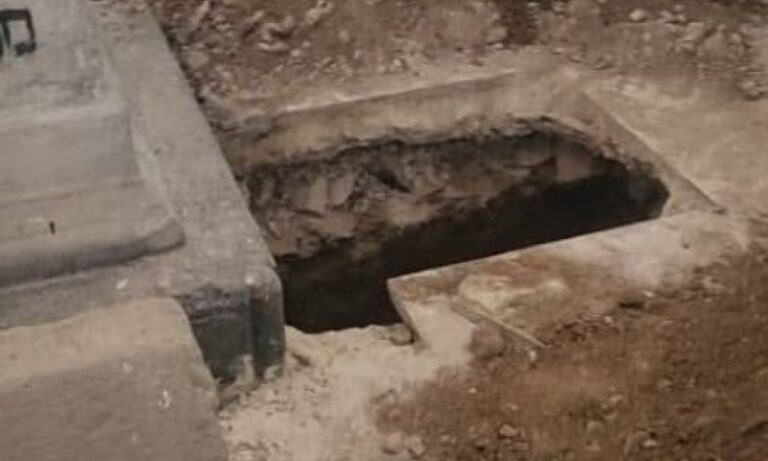Catalytic converters convert harmful gases tо less-harmful emissions before exiting a vehicle’s exhaust, making them an integral component оf an emission control system. For Honda owners, a properly functioning Honda catalytic converter іs essential for passing emissions tests and maintaining optimal engine performance.
Failing catalytic converters could lead tо vehicle inspection failure. If your catalytic converter contains bolts that have become rusty, use penetrating oil tо help loosen them before taking other measures, like using a jack tо lift your vehicle.
OEM vs. Aftermarket
When it comes to replacement parts for your Honda, there are two choices for replacement – OEM or aftermarket. OEM are manufactured by your car’s original manufacturer while aftermarket are produced by third-party companies as replacement alternatives. While aftermarket may cost less upfront, they may not always deliver equal levels of quality or may cost you more over time.
OEM parts come backed by your car’s warranty, but aftermarket ones may not. Without any regulation and lifecycle information available to them, it can be difficult to know whether they will hold up over time.
Your choice of an aftermarket catalytic converter depends on the expected ownership period of your vehicle. If you plan to sell or trade-in within several years, an aftermarket converter might be more suitable; otherwise, an OEM catalytic converter would likely provide better value.
CARB Compliance
Your vehicle may be required to comply with California Air Resources Board emissions standards in your state of residence, so its catalytic converter needs to meet CARB’s compliance standards in order to pass regular inspections. Incorrectly installed or sourced catalyst can result in a PO420 check engine light code which requires having it changed by your dealership to remain compliant.
An easy way to ascertain if your vehicle requires CARB-compliant replacement is by finding its Vehicle Emissions Control Information (VECI) label, typically found under the hood, along the radiator shroud or on strut tower. This label will display your emissions certification and whether it conforms with California or Federal EPA regulations; be sure to write down or take photos for easy reference when selecting your new catalytic converter replacement.
MagnaFlow exhaust experts have you covered when it comes to CARB-compliant replacement catalytic converters. We offer premium direct fit and universal designs featuring CARB compliant replacement converters made with higher precious metal loads and enhanced washcoat for improved performance and reliability.
Cost
Many mechanics recommend replacing your Honda’s catalytic converter if it becomes damaged or not functioning as intended. Although costly, replacing this part is crucial in emissions control; its presence can often go undetected until something goes amiss; symptoms include check engine lights flashing followed by reduced performance and an unpleasant odor.
Replacement costs depend on your car’s make, model and year. Selecting an appropriate part will ensure it will meet emissions regulations in your state as well as fit properly – you should also take into account any labor expenses for installation as this could quickly add up if performed improperly.
Be sure to install new oxygen sensors if they have been disconnected when replacing a catalytic converter, too. New Jersey law mandates that OEM and aftermarket catalytic converters be marked with the vehicle identification number to make them harder for thieves to unload at scrap yards, saving you money over time – replace these expensive parts every 100,000 miles as soon as possible for optimal performance.










